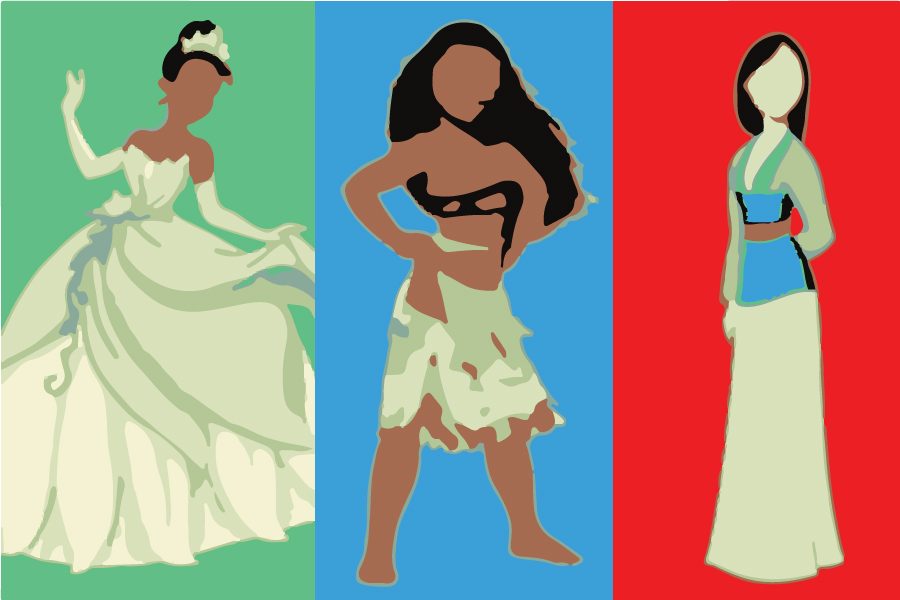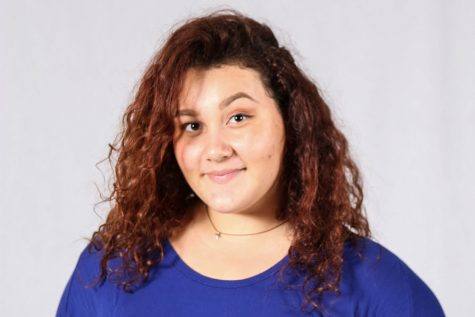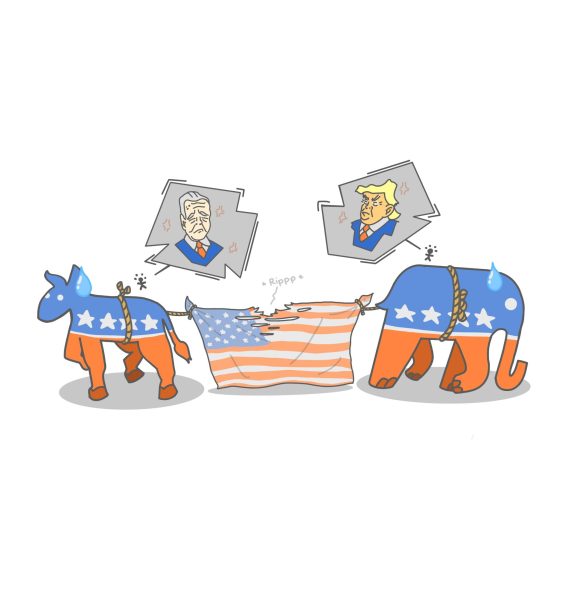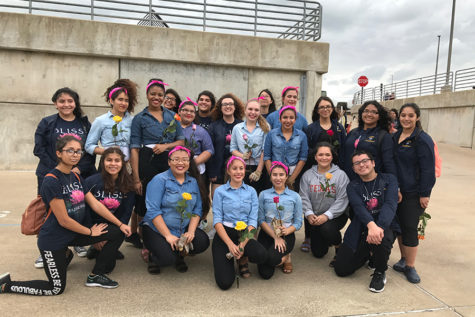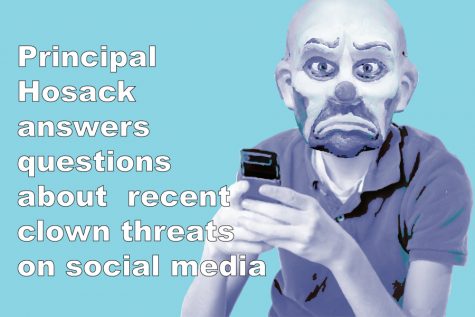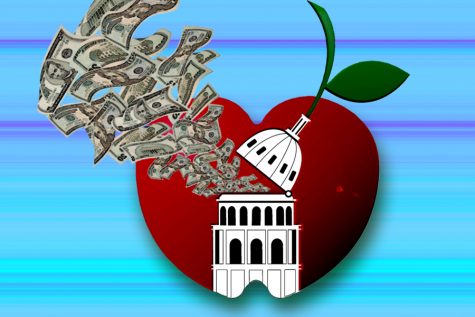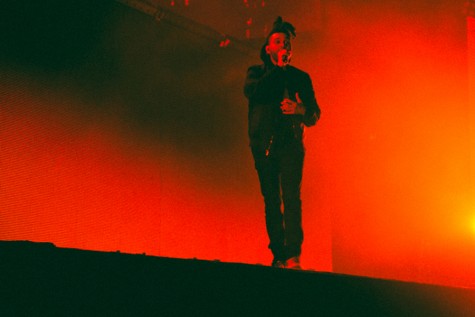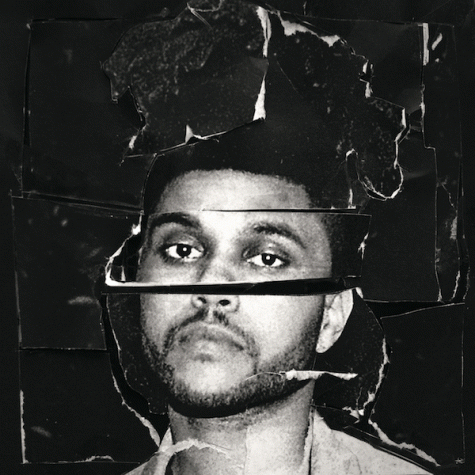Disney challenges its normal style with diversity
New princesses showcase new ideas presenting issues throughout animated film
January 27, 2017
When it came down to movies and shows, Disney always played it safe by creating a more “perfect” world within their productions — until now.
Disney is now broadening their horizons and their audience with characters that actually portray the world that we live in by including things such as different races and ethnicities, woman empowerment, and members of the LGBT community.
In past productions, the main characters had one astonishing resemblance — they were all white. It seems that Disney executives have learned that American demographics are changing and that if they want to keep making money, they need to widen their appeal beyond a single persona type.
The release of Aladdin in 1992 featured the first Disney Arabic princess with the introduction of Princess Jasmine. In 2009, Disney introduced the first African American princess in The Princess and the Frog, featuring Tiana who is a waitress working at two diners to save up for her dream restaurant.
Disney also introduced the Polynesian culture in both 2002’s Lilo & Stitch and the just released blockbuster Moana. Disney was extra careful in trying to capture the true culture in Lilo and Stitch by hiring anthropologists, linguists, choreographers, historians, and cultural practitioners to make sure it was as accurate as possible.
As most fairy tales go, the prince comes to save the princess. That was true at least until 1998’s Mulan, who takes her father’s place in the Chinese military to help defeat the Huns breaking the stigma of woman having to depend on men to help make the happy ending come true.
The same can be said about Frozen, in which sisters Elsa and Anna start off isolated from each other from a young age. Anna takes it upon herself to go on a long journey to help her sister herself instead of having Elsa wait for a man to come along and save her.
Disney has also hinted at gay couples in more recent films such as Finding Dory and Zootopia
where quick snippets of couples were spotted by viewers.
By adding new princesses and acknowledging the diversity of its audience Disney is showing its younger audience that these characters are just like them. Instead of sticking to their usual cookie-cutter characters, they are making a much bigger impact with their movies than ever before.


